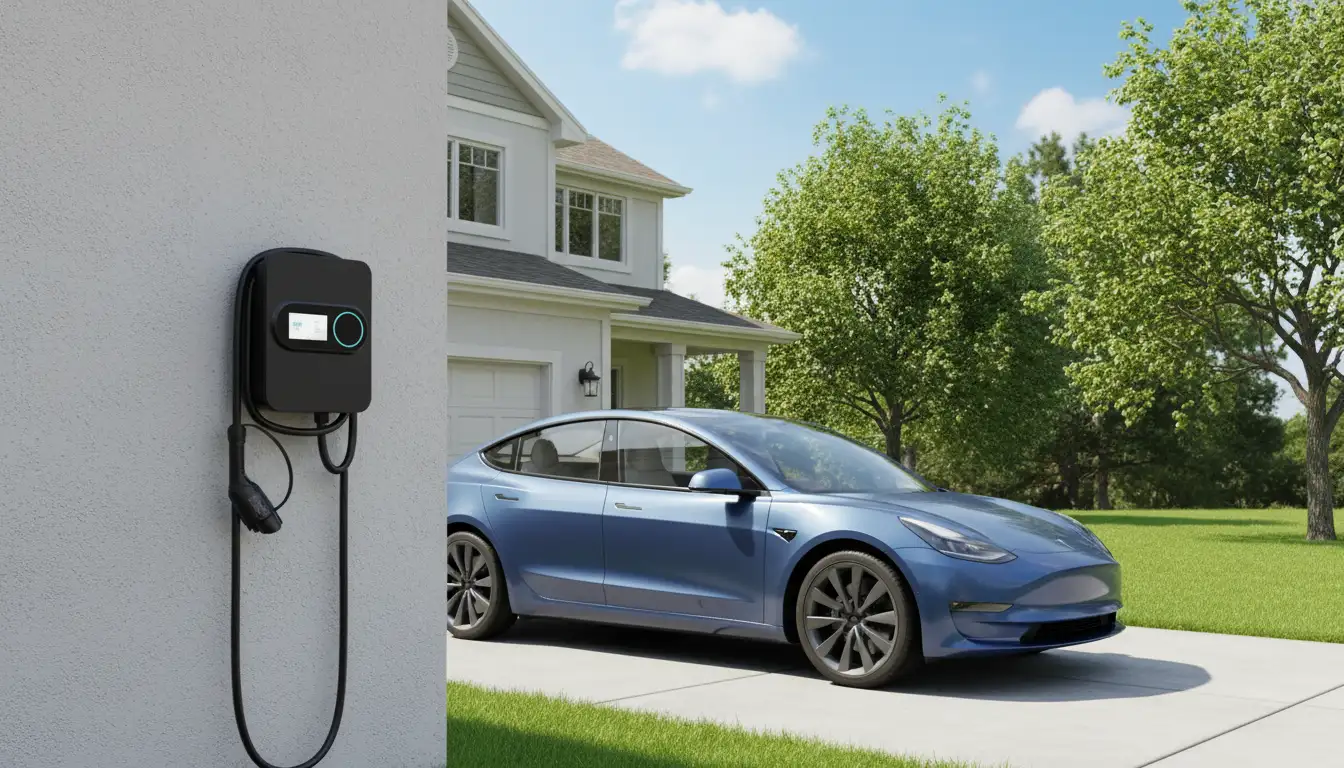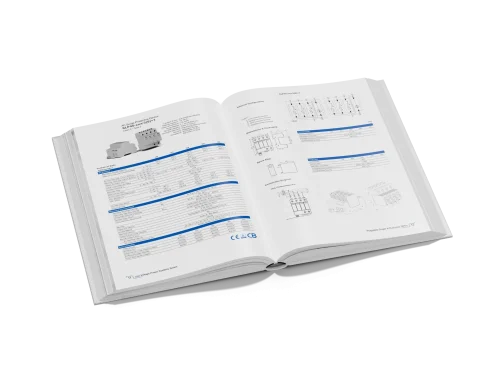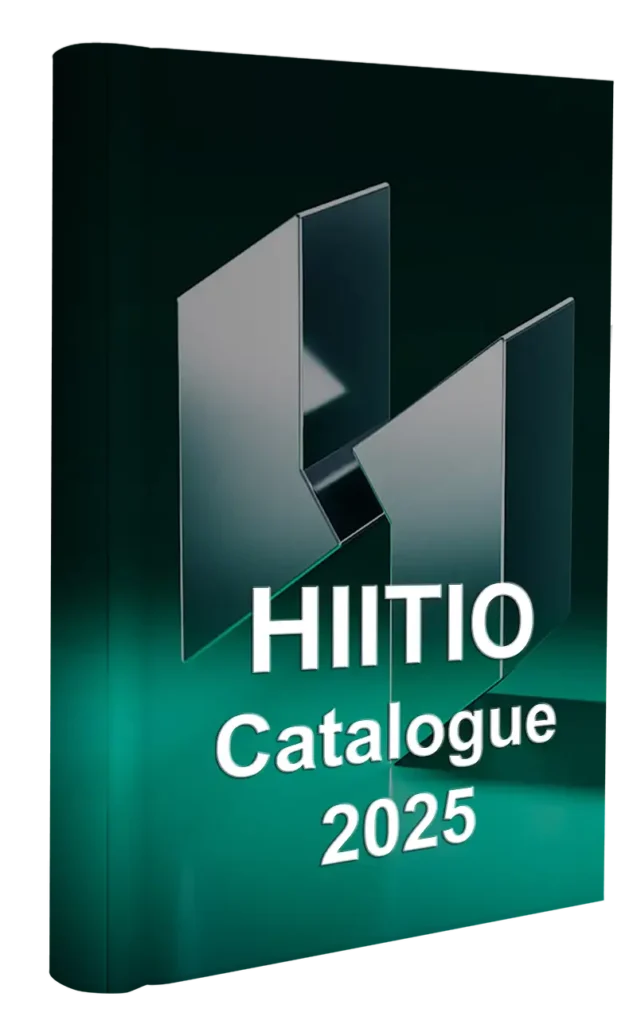Selecting an AC charging wallbox supplier is no longer a commodity decision. As EV adoption accelerates, buyers must weigh technical compliance, long-term reliability, and total landed cost—factors heavily influenced by where a product is manufactured. The right manufacturing partner reduces regulatory risk, shortens time to market, and protects brand reputation.
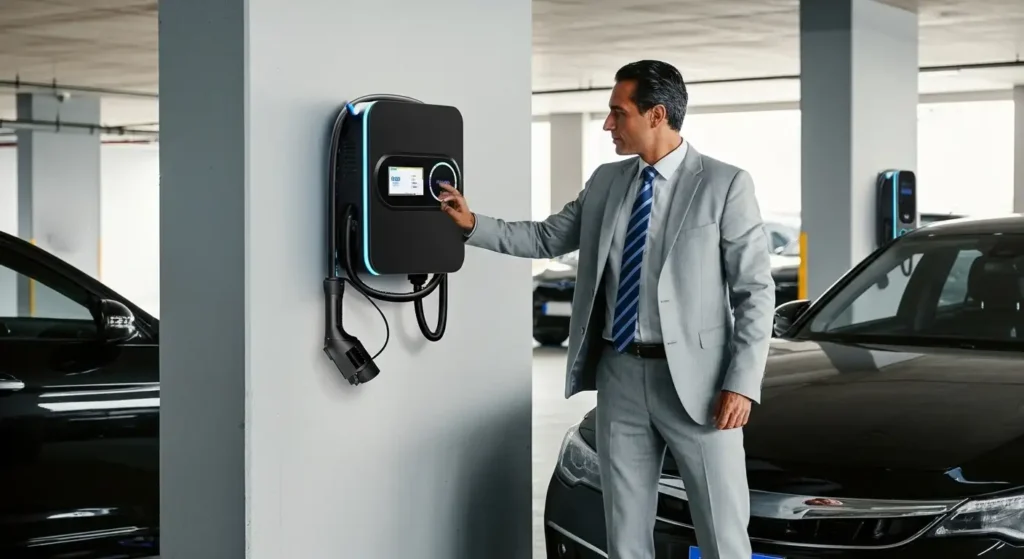
Global demand for EV charging equipment is also expanding rapidly, which means production capacity, testing facilities and export experience now matter as much as unit price.
What buyers AC charging wallbox should evaluate first?
Before comparing countries, establish a short checklist. A supplier should be evaluated on certification, quality systems, product architecture, and logistics readiness. Consider the following core checkpoints:
- Certification and testing: Does the supplier provide up-to-date test reports and recognized marks (UL, CE, TUV, etc.) for your target markets? UL standards such as UL-2594 and personnel-protection standards like UL-2231 are central to EVSE safety and performance validation.
- Manufacturing and QC capability: Look for ISO/IATF quality systems, in-house environmental and electrical labs, and automated assembly or ICT testing lines.
- Product architecture and features: Are safety layers (RCD/CCID, SPD, overcurrent protection), connectivity (OCPP, Wi-Fi, 4G) and modular electronics part of the design?
- Export & after-sales readiness: Can the factory handle customs documentation, export packaging, and global warranty claims?
Establishing these checkpoints up front turns vendor selection from a negotiation over price into a technically defensible procurement decision.
China — scale, supply chain integration and certification drive
China remains the world’s dominant manufacturing base for AC wallboxes thanks to vertically integrated electronics and enclosure supply chains, large production capacity and strong OEM/ODM capabilities. Buyers sourcing from China typically gain competitive unit costs and rapid customization options. At the same time, many Chinese suppliers now invest in international testing and obtain UL, CE and TUV approvals to serve export markets—bridging the historical “cost vs. compliance” gap.
A practical advantage is the proximity of PCB, cable, connector, and plastic-injection suppliers within industrial clusters (Zhejiang, Guangdong, Jiangsu), which shortens iteration cycles and reduces logistics complexity. Leading Chinese OEMs also offer multi-standard firmware and hardware options to fit multiple regional markets without costly redesigns.
For buyers who need UL-listed products for North America, several manufacturers now publish UL test references and integrate UL-required protection schemes into their designs. HIITIO, for example, lists UL-compliant models and detailed safety features, coupling UL certification with smart control.
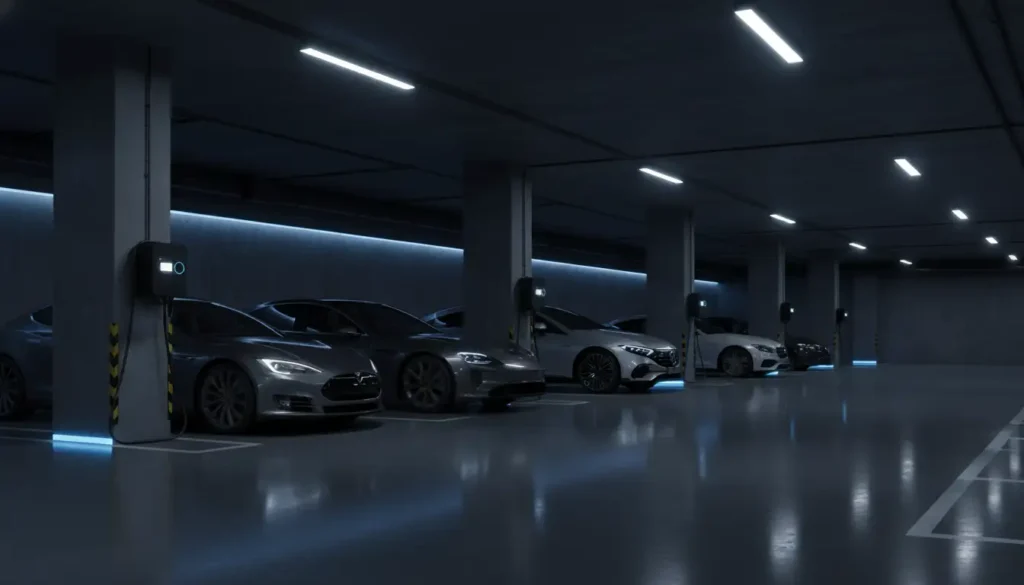
Europe — smart design, software depth, and premium positioning
European manufacturers typically excel at software integration, human-centered product design, and compliance with stringent EU directives. If your product strategy emphasizes end-user experience, renewable-energy integration (solar+storage), and local sustainability claims, European suppliers often provide the cleanest turn-key solution.
That said, the premium nature of European production translates to higher BOM and labor costs. Buyers will find less price flexibility but stronger out-of-box interoperability for smart-charging ecosystems (OCPP compliance, EV fleet management platforms) and mature engineering support for firmware and system-level integration.
North America — regulation-heavy, locally trusted
North American manufacturing is attractive when local sourcing, rapid regulatory inspections, or government procurement rules favor domestic product. The region’s strength is regulatory trust: UL evaluations and local testing labs make certification and compliance easier for projects that must satisfy local authorities. However, manufacturing capacity and customization agility are limited compared to Asia, and per-unit costs are typically higher.
For procurement teams focused on public tenders, fleet electrification, or “buy local” mandates, a North American supplier reduces paperwork risk and simplifies compliance checks—trading off higher cost for reduced program risk.
Side-by-side comparison
Quick checklist to decide:
- Choose China if you need competitive pricing and flexible OEM/ODM programs for global export.
- Choose Europe if you need advanced software features and brand differentiation.
- Choose North America if local manufacturing or regulatory trust is a procurement requirement.
| Criteria | China | Europe | North America |
|---|---|---|---|
| Production Cost | Low | High | High |
| Certifications | UL, CE, TUV | CE, IEC | UL, Energy Star |
| Customization | High (ODM/OEM) | Medium | Low |
| Lead Time | Short | Medium | Long |
| Smart Tech Integration | Mature | Advanced | Stable |
| Export Readiness | Excellent | Regional | Limited |
| Ideal Buyers | Importers, Distributors | Premium Brands | Local Projects |
Why AC charging wallbox certification matters
Certification reduces regulatory friction and demonstrates that safety functions—ground-fault detection, charge-circuit interruption (CCID), overcurrent cut-outs, surge protection, and thermal management—have been tested to recognized performance standards. UL standards such as UL-2594 (EVSE) and UL-2231 (personnel protection) define key electrical and functional test requirements that are commonly inspected during product acceptance in North America. Compliance shortens approval cycles and lowers the risk of field failures that damage brand reputation.

Practical buyer process
A pragmatic, low-risk supplier qualification process should include:
- Document review: Request UL/CE/TUV certificates and recent test reports.
- Sample validation: Run acceptance tests on a production sample—thermal, RCD/CCID response, and communication stability.
- Factory insight: Ask for QC photos, a short video tour of assembly lines, or a third-party audit report.
- Logistics & warranty terms: Confirm export documentation, packaging, MOQ, and lead times.
- Pilot order: Start with a manageable pilot to validate mass-production consistency before scaling
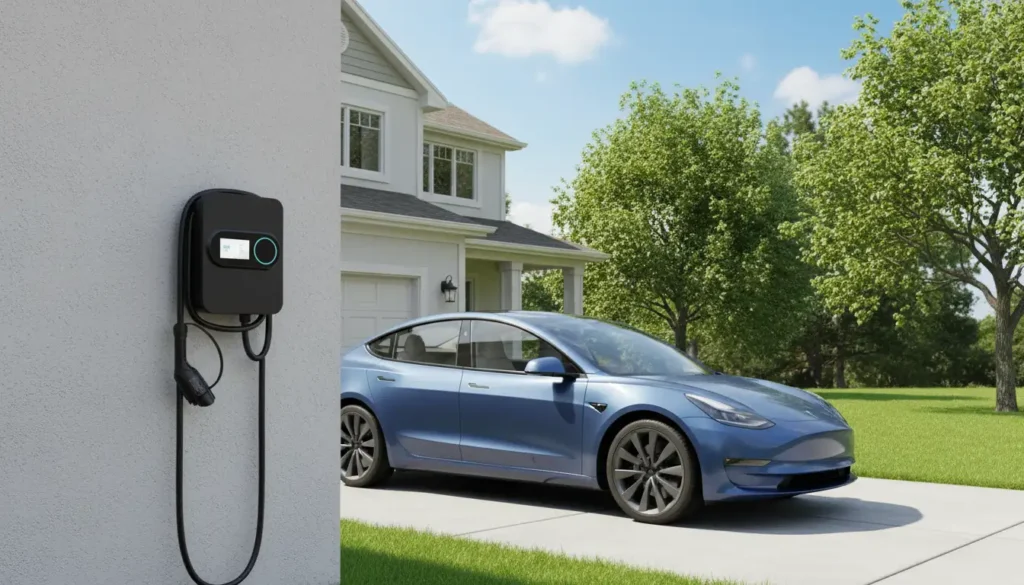
EXPLORE MORE HIITIO AC CHARING WALLBOX
Discover HIITIO’s UL-Certified AC Wallboxes

If you are evaluating UL-certified wallboxes for distribution or project deployment, HIITIO offers an export-ready AC wallbox engineered for international markets. HIITIO’s UL-certified models combine charge-circuit interrupting protection (CCID/RCD), surge protection, intelligent load management and flexible connectivity, enabling seamless integration into residential and commercial deployments.
For buyers who prioritize certified safety, export documentation, HIITIO is positioned to accelerate deployment while preserving compliance and product quality. Contact us today to request detailed datasheets and explore how our AC wallboxes can meet your project requirements.

